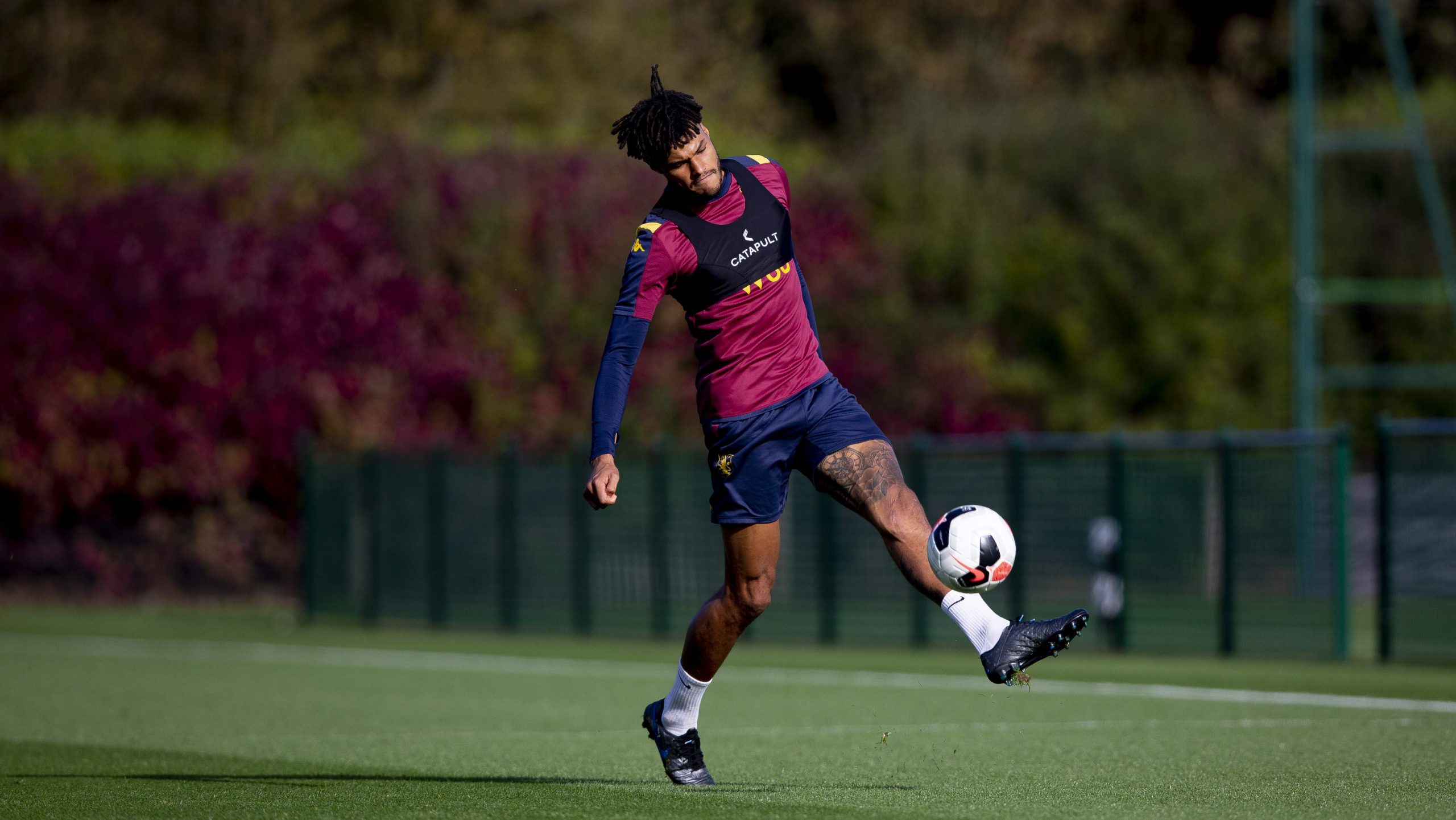How technology has changed Premier League soccer as we know it

Open up your calendar, flick through to the 20th of February and, like many soccer fans, you’ll see a date left unmarked. Often a day lost in the fanfare of a month containing Valentine’s Day, and perhaps more importantly, the return of the Champions League knockout stages, many overlook the significance of the Premier League’s anniversary and why it should be a date circled in bright red marker.
A lot has happened since the inception – from Eric Cantona’s flying kick to Leicester City’s against-all-odds triumph – of a competition that’s never short of excitement, drama and action. While all eyes are rightly focused on the 90 x 120 metre pitches up and down the country every weekend, there has been plenty of change away from what you see on a matchday in the day-to-day running of clubs, and, according to Wales’ Head of Performance Tony Strudwick, none more so than how teams utilise performance technology.
“I think technology and sports science integration is probably one of the significant changes we’ve seen across soccer in the last 10 years,” says Strudwick. “We’ve also seen a change in the game, it’s more dynamic, quicker and there’s more tactical variations within different teams. That’s been part of sports science and that’s been part of the Premier League embracing different cultures with different ideas. I think the net effect is that we’re pushing the boundaries of soccer performance and now we have to push the boundaries of individual players and their performance.
“If we start on basic stuff such as the speed of decision and speed of movement, we will certainly see some resilience physically and mentally. My theory is that if the game is still improving physically and mentally, we will need to have really physically and mentally robust players to win the game. That will be self informed with data information and sports science knowledge. The game keeps evolving all the time and we’re pushing those boundaries with data and technology.”
Seeing as Catapult Sports, the leader in elite sports analytics and creator of Catapult One, supplies over 3200 professional teams across the world with such technology, it’s no surprise players have become reliant on performance data to train, play and improve. It’s a number that continues to grow and while the analysis itself is constantly being innovated, the manner in which teams implement the tools now available to them has quite possibly transformed how the game is played.
“I think technology at the professional level has really become so much a part of the modern game. It’s critically important because load management and how you manage a squad of players is really fundamental to the success of the team. When you play 50 or 60 games a year if you’re Manchester United for example and if you’re successful, how you manage your squad around that is so important.
“Any way of tracking performance through technology allows you to make smarter decisions and gives you an objective measure of performance. Twenty years ago we didn’t have the technology and you were reliant upon intuition alone and the coach’s eye. I don’t think these things should be on a continuum of exclusivity, with technology at one end and the coach’s eye at the other, it’s marrying the two together and complimenting each other rather than two polarised ways of making decisions. At the top level of elite sport, data technology, data tracking and performance is vital to a team’s success.”
Track, Analyze, Improve
Catapult One is a sport tracking solution that measures the core metrics to make you a better player
